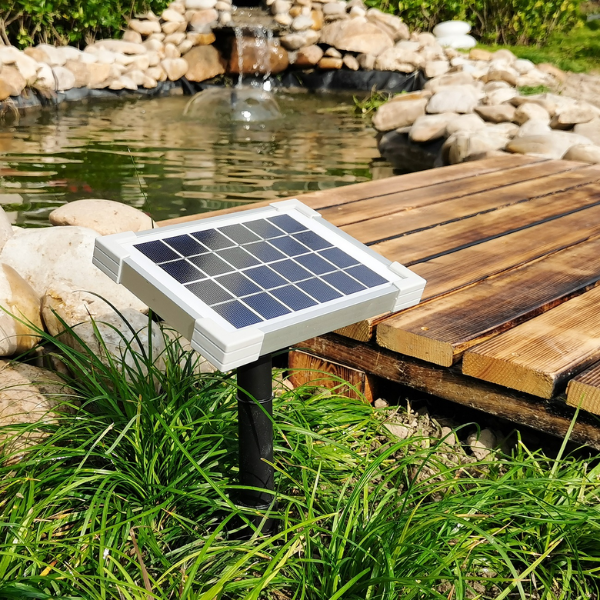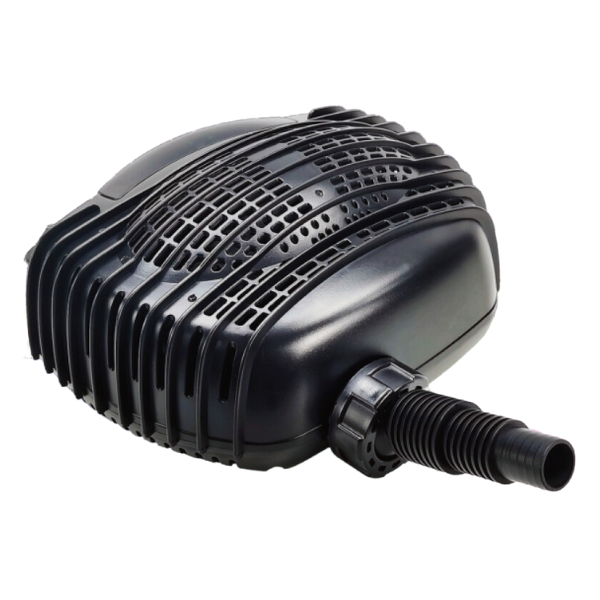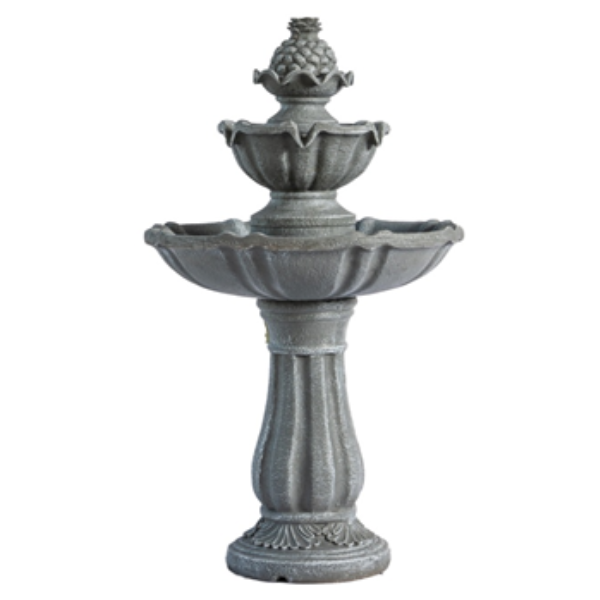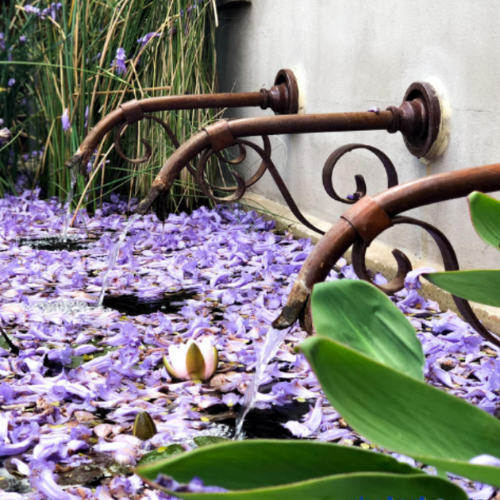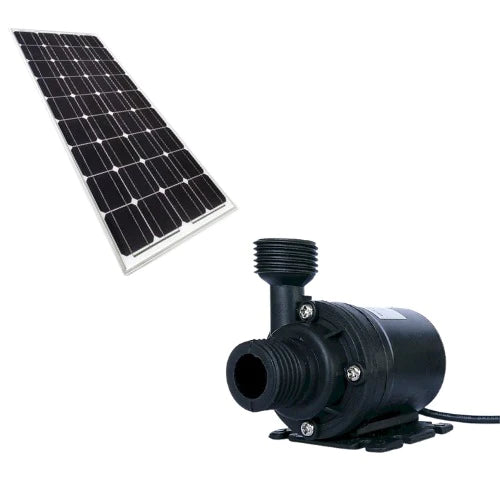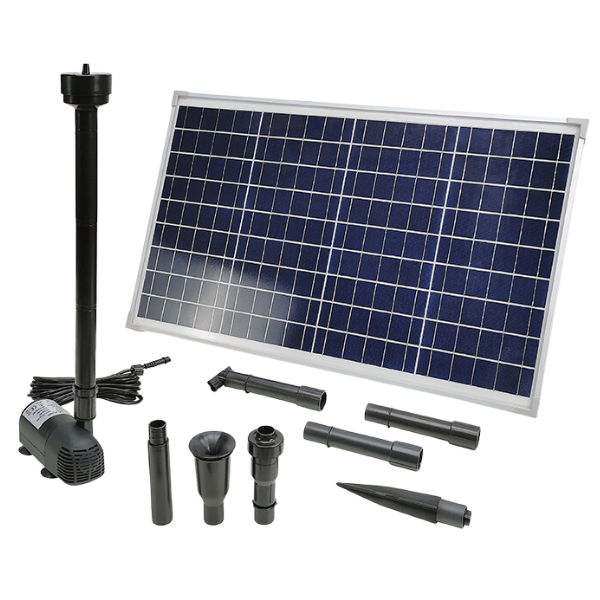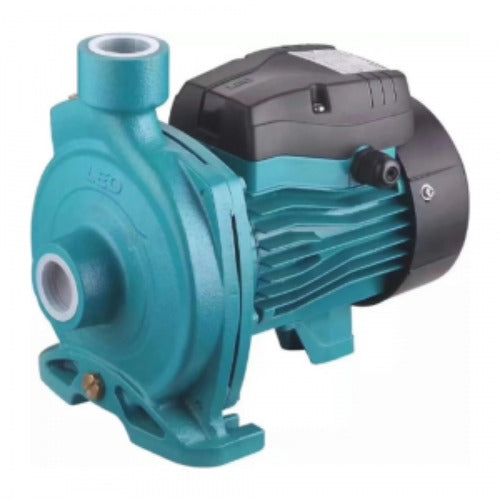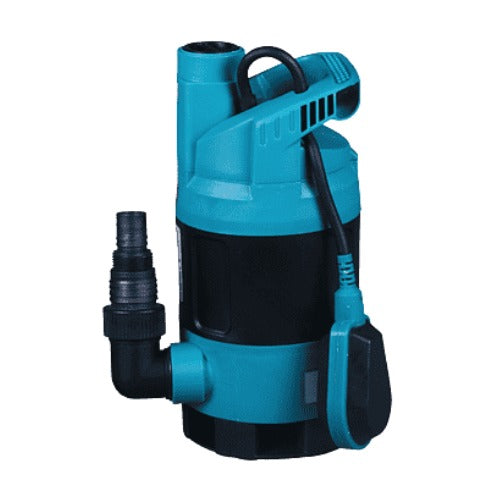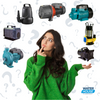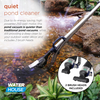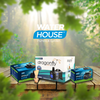A Beginner’s Guide to Choosing the Right Water Pump
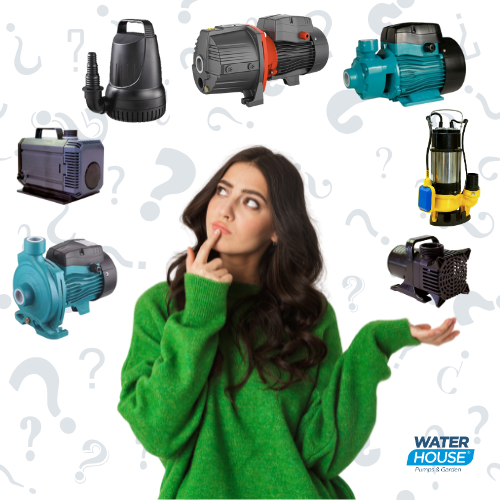
A Beginner’s Guide to Choosing the Right Water Pump
When it comes to moving water efficiently—whether for your garden, home, farm, or
business—the right pump makes all the difference. But with so many pump types, motors,
and technical terms, the process can feel overwhelming. This guide breaks down the basics
so you can confidently choose the best water pump for your needs.
Start with the Right Questions
Before you decide on a pump, ask yourself:
-
- What type of liquid am I pumping and what’s the goal?
- Where is the water going—from and to?
- How much water do I need to move per hour?
- What power supply do I have available? (Single-phase 220–240V or three-phase 380–400V)
Your answers will guide you toward the right pump category.
Common Types of Water Pumps
Each pump type is designed for specific applications:
-
- Submersible Pumps – Great for clean water supply, irrigation, mining, and
dewatering. - Drainage Pumps – Handle wastewater, sewage, and flood control.
- Borehole Pumps – Deliver high flow rates from underground sources.
- Centrifugal & Multistage Pumps – Ideal for irrigation, fire-fighting, industrial processes, and moving non-corrosive liquids.
- Peripheral & Jet Pumps – Best for pressure boosting, car washes, and shallow wells.
- Submersible Pumps – Great for clean water supply, irrigation, mining, and
Understanding Head & Flow
Two terms you’ll hear often are head and flow:
-
- Flow is the volume of water a pump can move in a given time.
- Head is the height water can be lifted, measured in meters.
To size a pump correctly, you’ll also need to factor in friction losses from pipes, fittings, and elbows.
The Pump Curve – Why It Matters
Every pump has a performance curve showing how flow and head balance. The best
efficiency point is where your requirements align with the pump’s peak performance.
Running too far outside of this range can cause problems like overheating, cavitation, and reduced pump life.
Pump Motors & Power
Pumps can run on different motors depending on the application:
-
- Single-phase motors (up to 2.2kW) are common for smaller setups.
- Three-phase motors (up to 200kW) are suited for industrial or agricultural use.
- Solar options exist for sustainable pumping.
- Motors may be oil-cooled (up to 100m depth) or water-cooled (up to 300m depth), depending on the borehole depth and usage.
Control & Protection Systems
Protecting your investment is just as important as choosing the right pump. Control boxes and variable speed drives (VSDs) help regulate performance and prevent damage from:
-
- Overheating
- Low/high pressure
- Power fluctuations
- Dry running
- VSDs also improve efficiency by adjusting pump speed to match water demand.
Essential Accessories
A reliable pump setup often includes:
-
- Submersible cables (matched to motor size and voltage)
- Safety ropes (to support the pump’s weight)
- Baseplates & casings (to stabilize the installation)
- Pipes & fittings (uPVC, steel, or HDPE, sized to reduce friction loss)
Handy Tools & References
-
- Friction loss calculators help you estimate head loss in pipes.
- Conversion charts make it easy to switch between litres, gallons, kW, and
horsepower. - Glossaries clarify terms like suction lift, total head, and cavitation.
Final Thoughts
Choosing the right water pump doesn’t need to be complicated. By starting with your
application needs, understanding flow and head, and making sure your system includes the right accessories and protection, you’ll set yourself up for years of reliable performance.
If you’re unsure which pump is best for your setup, it’s always worth consulting with a
professional supplier to match you with the right model.

